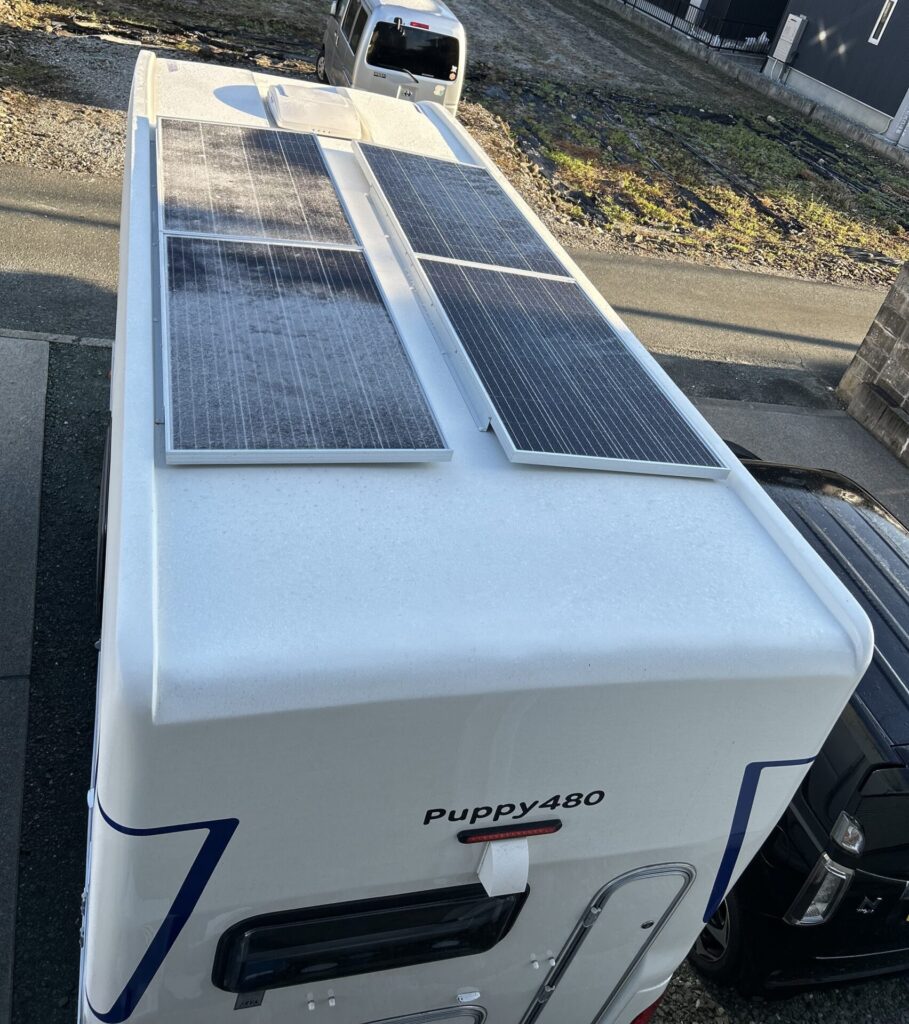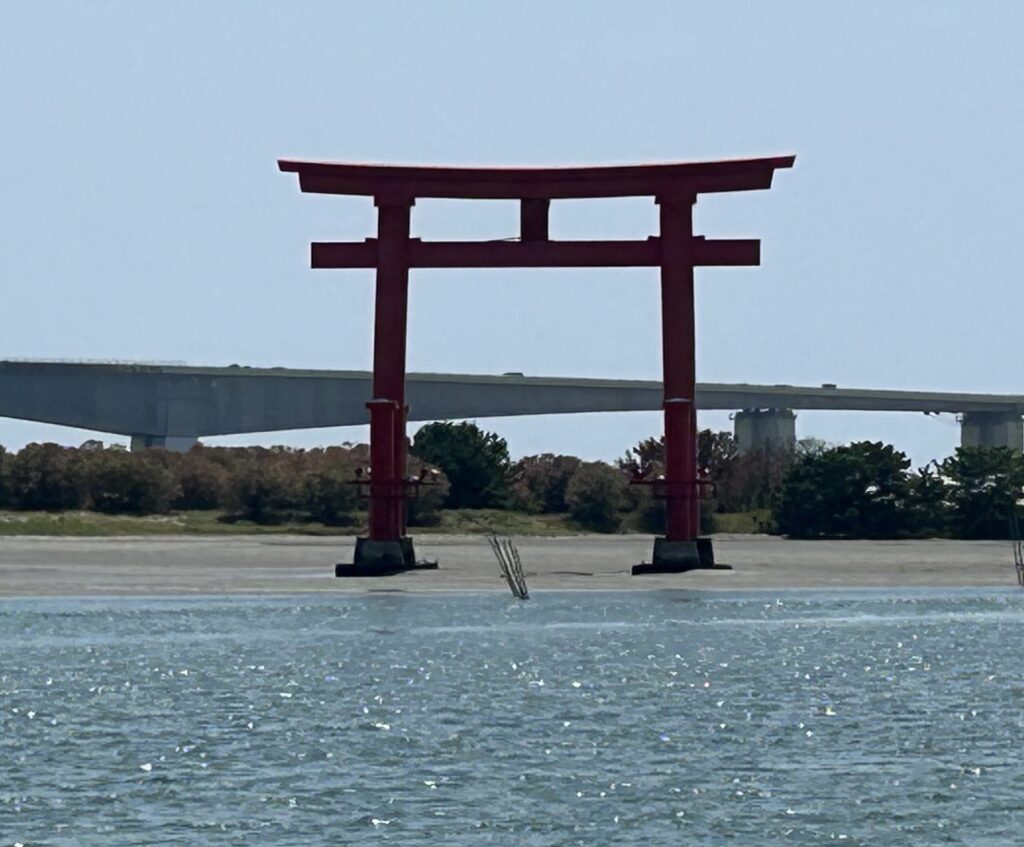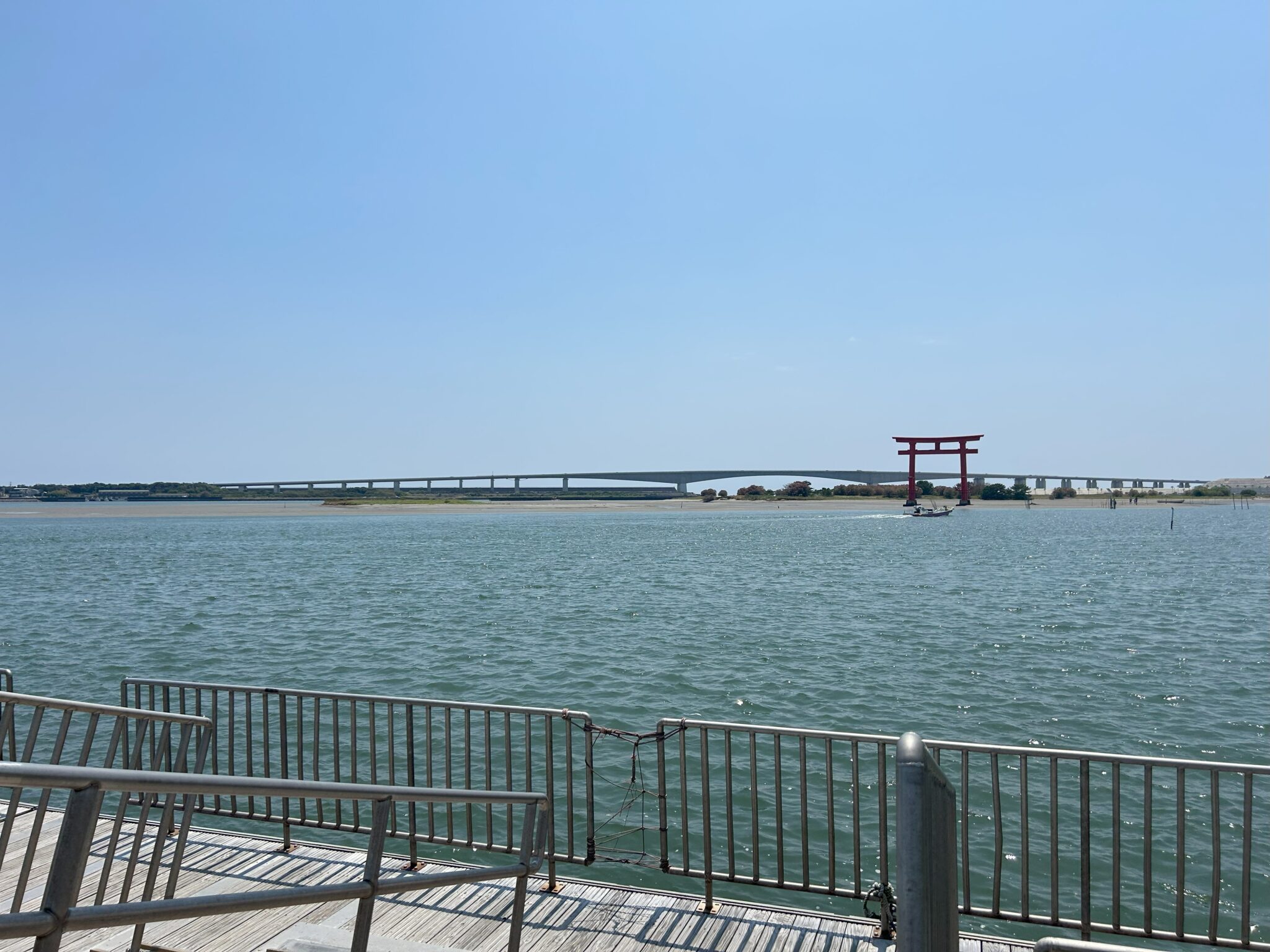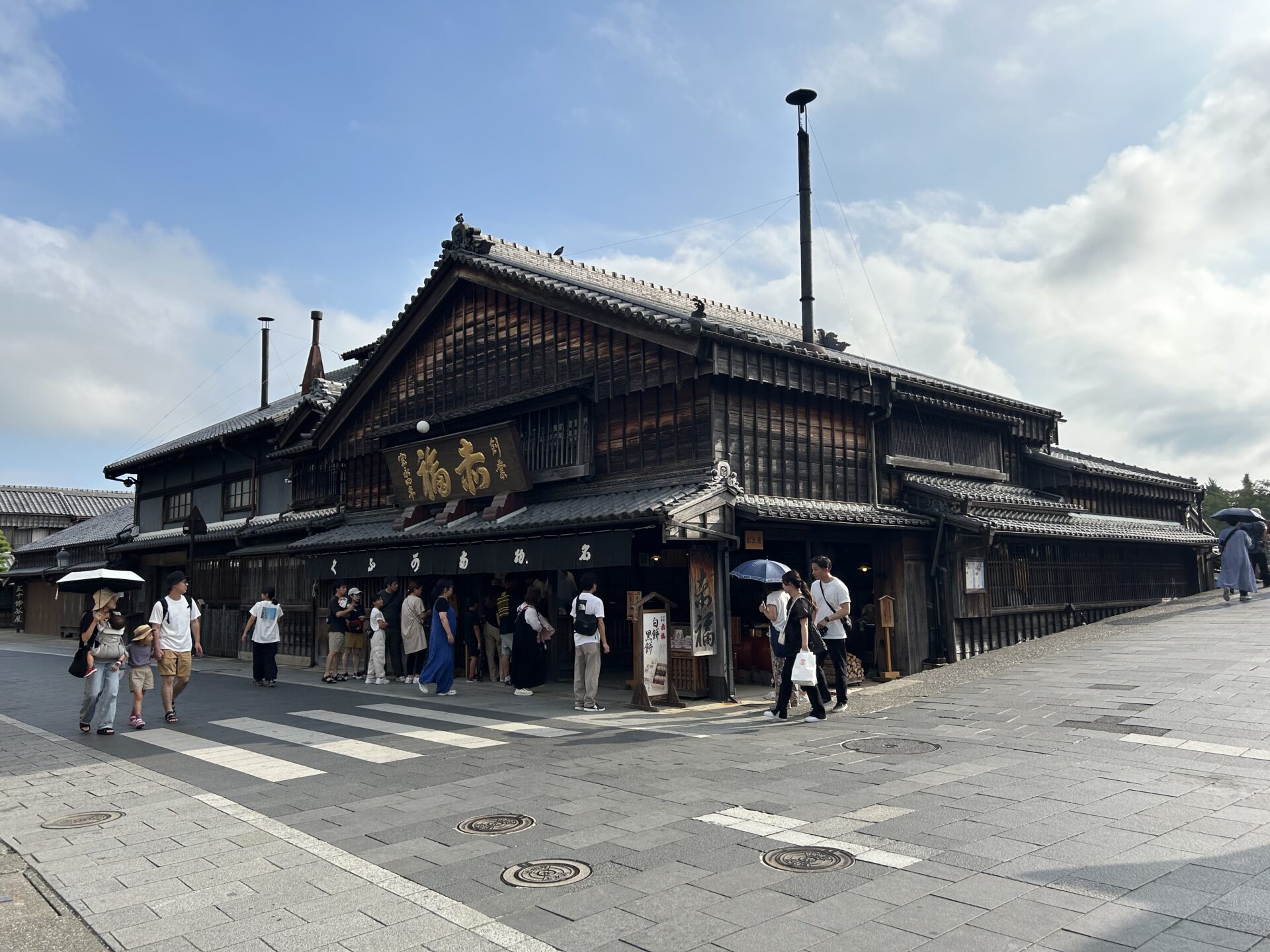Hi
Heatwave Havoc: Surviving Japan’s Scorching Temperatures【猛暑の夏を乗り切ろう!日本の酷暑サバイバル術】
Today is Sunday, August 4, 2024. Japan has been experiencing very hot days every day. Most days, the daytime high temperatures exceed 35°C. While you are waiting for a train on the station platform, it feels like your body might melt away before the next train arrives. Do you get an idea of just how hot it is?
【2024年8月4日(日)猛暑が続く日本】
連日35℃超えの猛暑日が続いていて、駅のホームで電車を待っているだけで体が溶けそう…
こんなに暑い日が続くと、外にいるだけでぐったりしちゃいますよね。みんなも水分補給と休憩をしっかりして熱中症に気をつけて!
Keeping Cool: Managing Summer Heat in Our Camper Van【キャンピングカーで夏の暑さを乗り切るコツ】

I travel all over Japan with my wife and two Maltese dogs in our camper van on weekends and during holidays. The second camper van we upgraded to last November is equipped with three lead-acid batteries (122 watts) for the auxiliary power, and it has 480 watts of solar panels on the roof. It also has a driving charge function, so in addition to the solar panel charging, the auxiliary batteries are also charged while driving. However, running the home-use air conditioner in the rear cabin for several days in weather over 35°C, like today, is quite challenging, so we also carry a portable battery from EcoFlow. When my wife and I dine out at restaurants, we leave the dogs in the car. We monitor them via a surveillance camera through our smartphone, but we still worry about them. During the hot summer, it seems better to head to cooler places with higher elevations, like Nagano Prefecture.
【キャンピングカーで日本全国旅してます】
週末や連休には妻とマルチーズ2匹と一緒にキャンピングカーでお出かけ!昨年11月に買い替えた2台目のキャンピングカーは、補助バッテリーが122W×3台、屋根には480Wのソーラーパネル付き。走行充電もできるから安心だけど、35℃超えの日にエアコンを数日つけっぱなしはやっぱり大変。そこでEcoFlowのポータブルバッテリーも積んでいます!
外食の時は犬たちを車内で見守るけど、スマホで監視カメラチェックしながらもやっぱり心配…。
夏は標高の高い長野県のような涼しい場所へ行くのが正解ですね
Lake Hamanako Highlights: History, Hot Springs, and Eel Delicacies【浜名湖の魅力いっぱい!歴史・温泉・うなぎグルメ】
Sorry for the long preamble, but today we visited Lake Hamanako in Shizuoka Prefecture. Lake Hamanako is a brackish lake (not a freshwater lake) in the western part of Shizuoka Prefecture, where seawater from the Pacific Ocean flows in. The area around Lake Hamanako offers various attractions, including historic sites such as Hamamatsu Castle, associated with Tokugawa Ieyasu, and the family temple of the Ii clan. There are also relaxing lakeside hot springs and numerous restaurants famous for their eel dishes. It’s relatively close to Nagoya, about an hour and a half by car via the Tomei Expressway. Perhaps because it’s a bit far from the Kanto and Kansai regions, it’s not as crowded, which is a nice aspect.
【今日は静岡県の浜名湖へドライブ】
浜名湖は淡水じゃなくて、海水と川の水が混ざる汽水湖。太平洋の海水が流れ込んでいるんです。周辺には徳川家康ゆかりの浜松城や、井伊家の菩提寺など歴史スポットもあって見どころ満載!湖畔には温泉もあってのんびりできるし、うなぎ料理が有名なお店もたくさんありますよ
名古屋から東名高速で約1時間半と近いけど、関東・関西からは少し遠いからか、比較的混まないからゆったり楽しめるのも嬉しいポイント

On Benten Island in Lake Hamanako, there is a large red torii gate, 18 meters high, floating on the lake’s surface. By the way, a torii is a structure that marks the boundary between sacred and secular realms at Shinto shrines and other sacred places. It indicates the entrance to a sacred area and functions as a type of “gate.” This torii gate in Lake Hamanako originates from Benten Shrine and is said to bring blessings for fertility and matchmaking, according to its legend. The reason the torii gate is placed on the water’s surface is that it marks a boundary on the sea or lake.
You can reach “Ikari-se,” where the red torii gate is located, by taking a ferry from Benten Island Seaside Park. Around the winter solstice (approximately December 22 each year), you can witness the sunset sinking through the torii gate during a one-month period. Many people visit Benten Island to capture this moment with their cameras.
To the best of my knowledge, there are at least two other torii gates floating in the sea in Japan. One is the famous torii gate at Itsukushima Shrine in Hiroshima Prefecture, and the other is at Shirahige Shrine in Shiga Prefecture. I have visited both before, and they were wonderful places.
I will continue to share information about tourist spots in Japan, so please stay tuned.
【浜名湖・弁天島の水上大鳥居】
浜名湖に浮かぶ弁天島には、高さ18メートルの真っ赤な鳥居が湖面にそびえ立っています!
鳥居は神社の「聖域と俗世の境界」を示す門のようなもので、この鳥居は弁天島の弁天神社に由来し、子宝や縁結びのご利益があると言われています。湖の水面にあるのは、海や湖の境界を示すためなんですよ。この鳥居がある「いかり瀬」までは、弁天島海浜公園からフェリーでアクセス可能。
毎年冬至の前後1ヶ月くらいの期間、鳥居の間に夕日が沈む絶景が見られて、多くの人がカメラを構えに訪れます。
日本には海に浮かぶ鳥居がもう2つあって、広島の厳島神社と滋賀の白鬚神社。どちらも素敵な場所なのでオススメです。
これからも日本の旅スポットをどんどん紹介していきますので、お楽しみに!


コメント